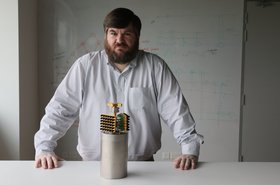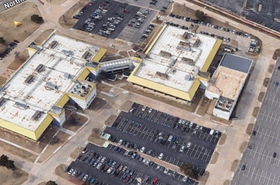Installation of the more than two exaflops supercomputer El Capitan is underway at the Lawrence Livermore National Laboratory (LLNL) in Livermore, California.
To be the third exascale-class supercomputer in the US, El Capitan will likely be the most powerful supercomputer in the world once it goes live in 2024.
The LLNL said in a tweet: “We’ve begun receiving & installing components for El Capitan, NNSA’s first exascale supercomputer. While we’re still a ways from deploying it for national security purposes in 2024, it’s exciting to see years of work becoming reality.”
The system is projected to exceed two exaflops. The US currently has one exascale high-performance computing (HPC) system in place: Frontier, which has 1.194 exaflops and is housed at the Department of Energy’s Oak Ridge National Laboratory in Tennessee. At the Argonne National Laboratory is Aurora, a two-exaflops supercomputer, for which installation was completed at the end of last month.
First announced in 2019, El Capitan will be based on HPE Cray EX supercomputing architecture and will be powered by AMD CPUs and GPUs. The system will be used for national security work and by the National Nuclear Security Administration laboratories, LLNL, Los Alamos, and Sandia National Laboratories.
“With its advanced integrated CPU/GPU processors and an expanded memory capacity over LLNL’s current flagship supercomputer Sierra, El Capitan will provide scientists with state-of-the-art tools to perform the increasingly complex predictive modeling and simulation required by NNSA’s Stockpile Stewardship Program at a level of detail, accuracy and realism not possible today,” LLNL said.
“And by combining simulations with artificial intelligence and machine learning, El Capitan will unlock new pathways to discovery in other scientific areas, including nuclear nonproliferation, counterterrorism, and fusion energy.”
The LLNL is home to 28 supercomputers, the most powerful of which are Sierra, Lassen, RZVernal, and Ruby. At the top of that list is Sierra, with 126 petaflops of computational power.







